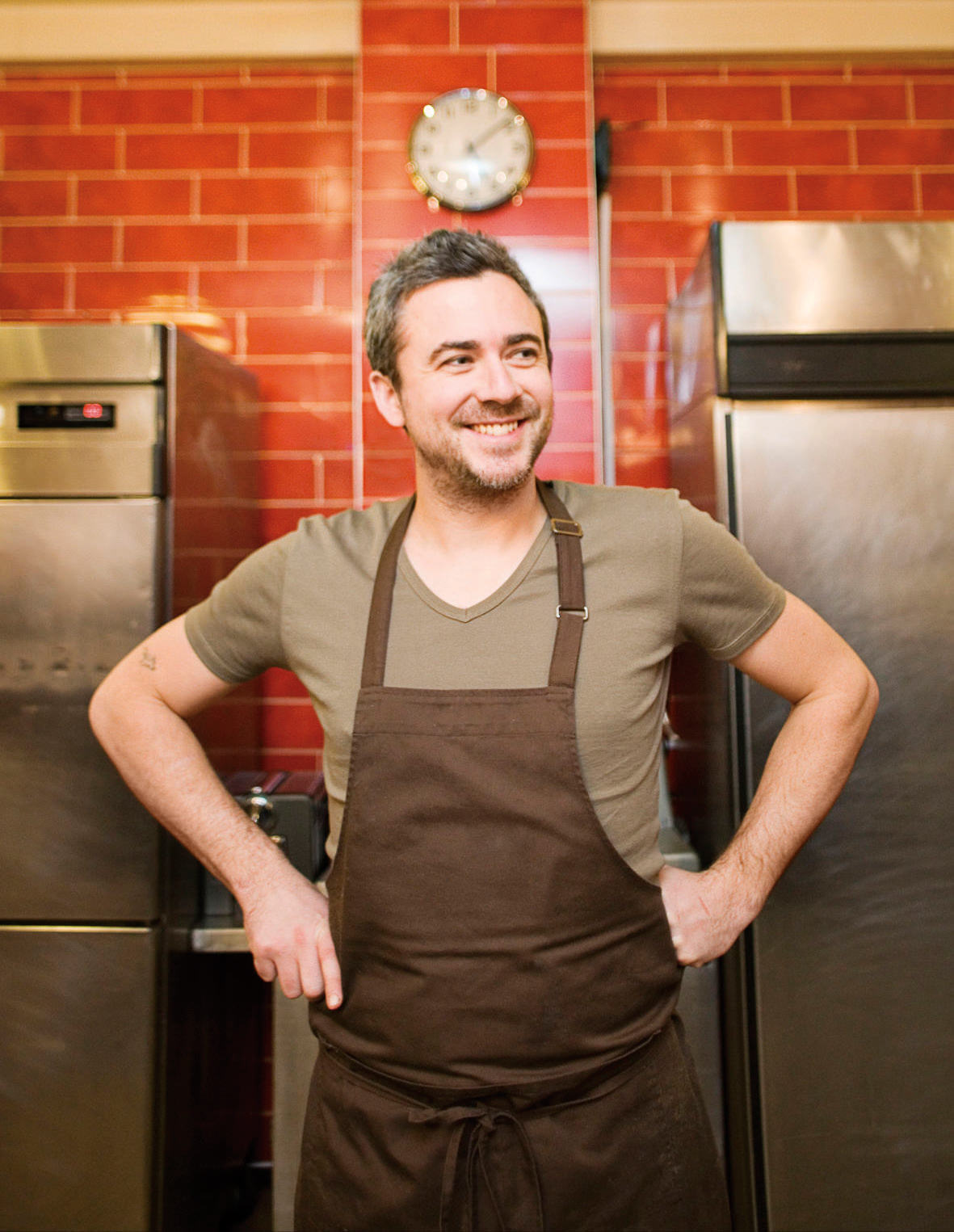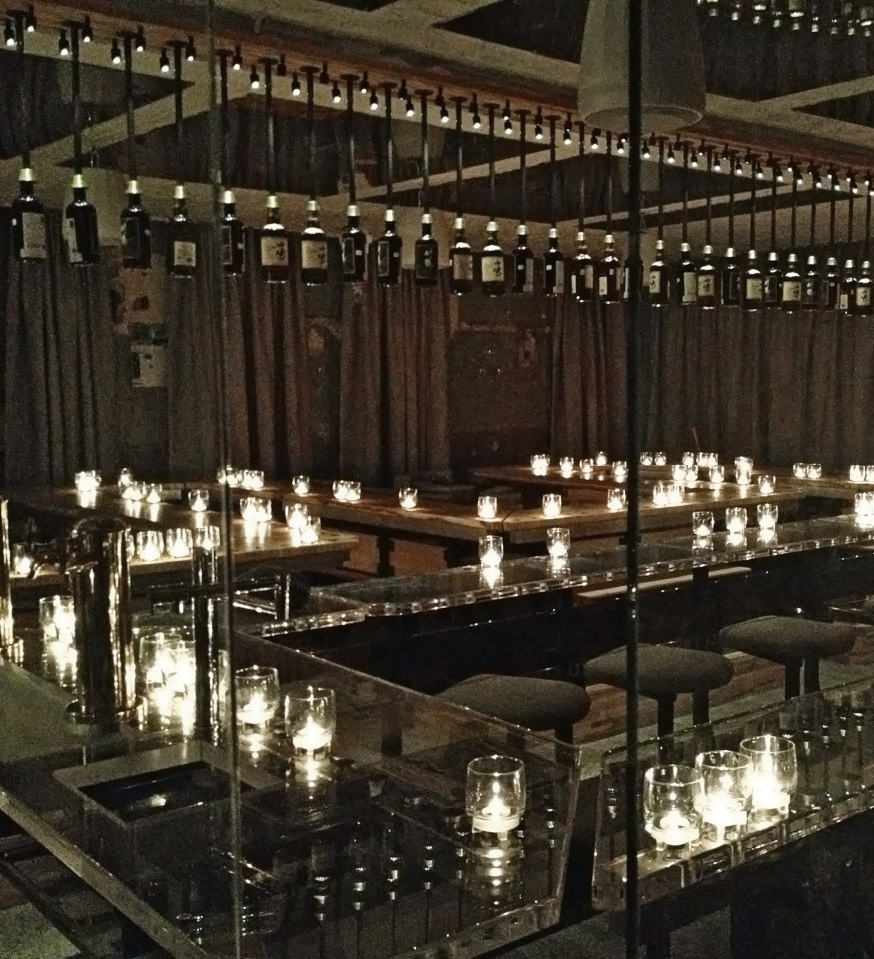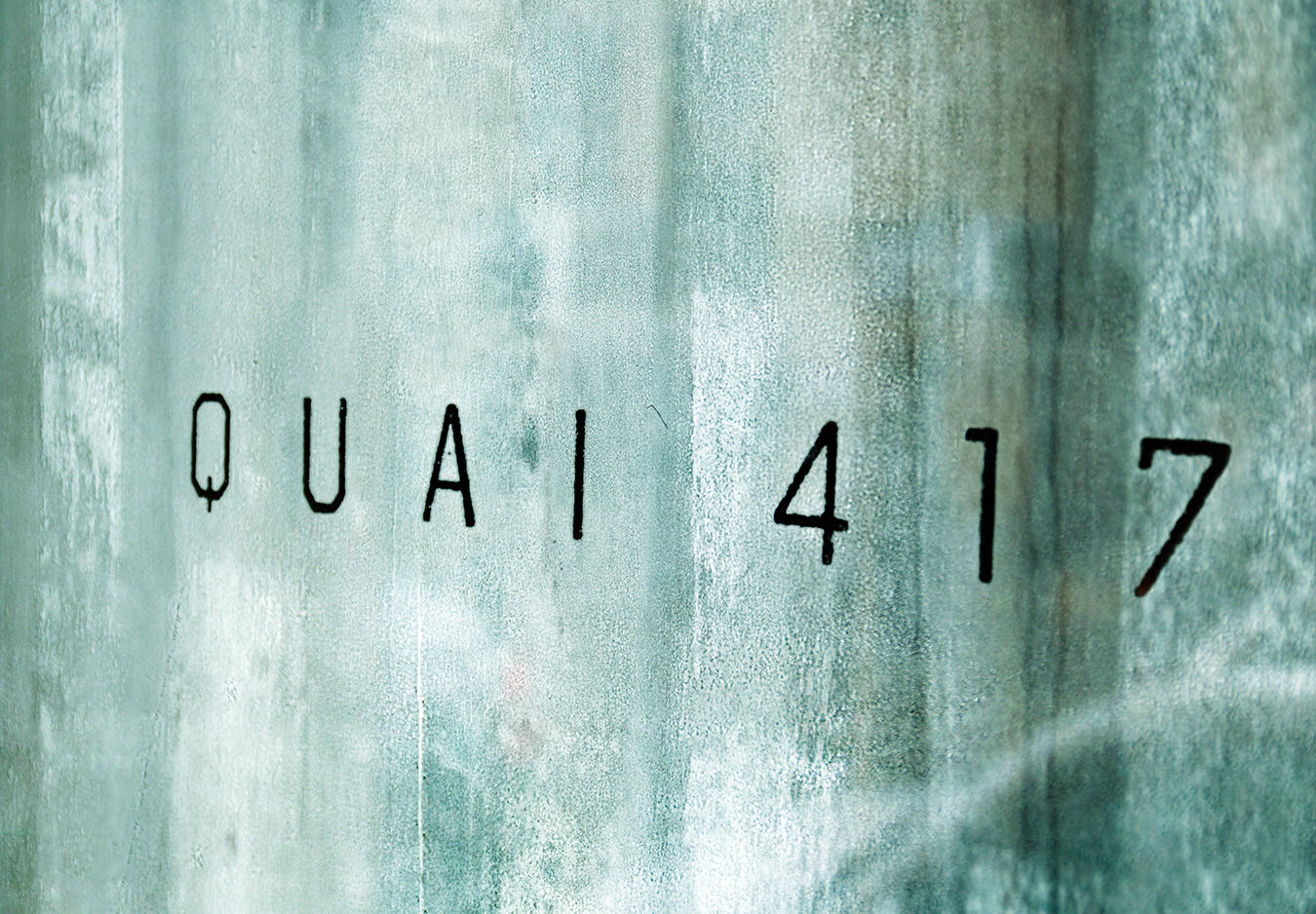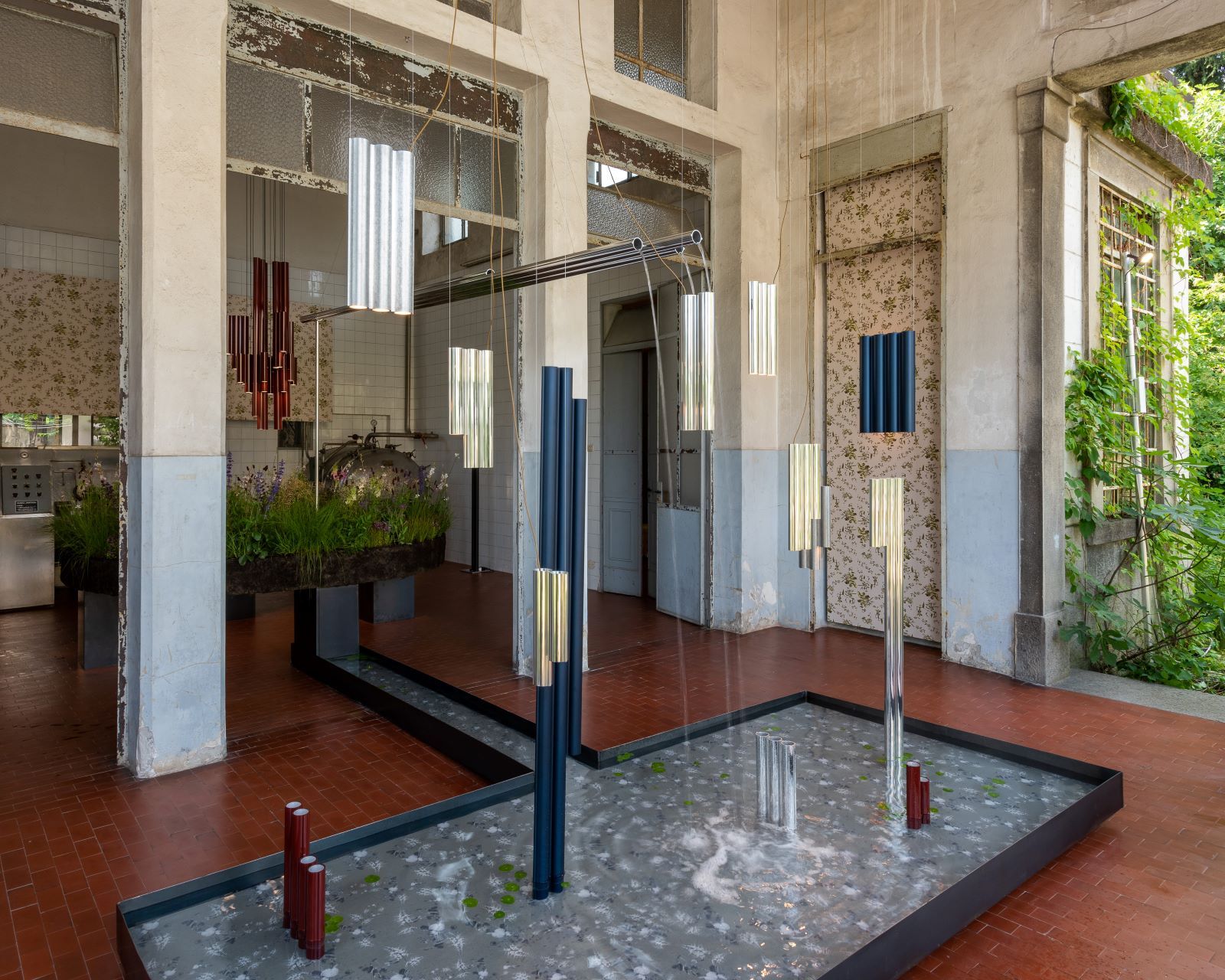
Photo by Arseni Khamzin
Lambert & Fils Shapes a Poetic Language of Light
Lambert & Fils ranges from light fixtures that reference everyday elements like archways, flashlights, and mopeds to ephemeral lighting activations and commissions for unmissable parties.
Evoking the essential, primordial properties of matter, the term “raw material” also hints at its potential to be altered. It’s also reflected in the title Samuel Lambert chose for his book Matière Première, chronicling a decade of experimentation by his Montreal-based lighting atelier Lambert & Fils and as an equally pithy encapsulation of his sought-after perspective.
Having grown up around his father’s ceramics studio in the village of North Hatley in Quebec’s pastoral Eastern Townships, Lambert has a predilection for malleability and transformation. Now the owner of a 20,000-square-foot office, shop, and gallery with some 50 employees, the artistic director of the internationally renowned luminaire studio remains fascinated with “playing with the limit of materiality. If we try to fight against a material too much, we’re not going to reveal its best quality,” he says. Fittingly, craft-based approaches involving dialogues with not only materials but also people, places, and objects link Lambert’s ever-expanding constellation of work, from light fixtures referencing everyday elements like archways, flashlights, and mopeds to ephemeral activations and commissions for unmissable parties.
Like the metals Lambert and his team alchemize, the studio has undergone its own forging. Long before its singular light fixtures were mainstays of design fairs, collectible exhibitions, and bespoke interiors the world over, the multihyphenate practice was a fledging workshop-cum-storefront in Montreal’s Little Italy. Following a self-described midlife crisis, Lambert swapped a successful career in film editing for a space on Rue Beaubien. Supported by the city’s milieu where “everything was possible,” he secured “a little place on the street” in 2010 following the market downturn and began operating a 500-square-foot showroom with an atelier at the rear.
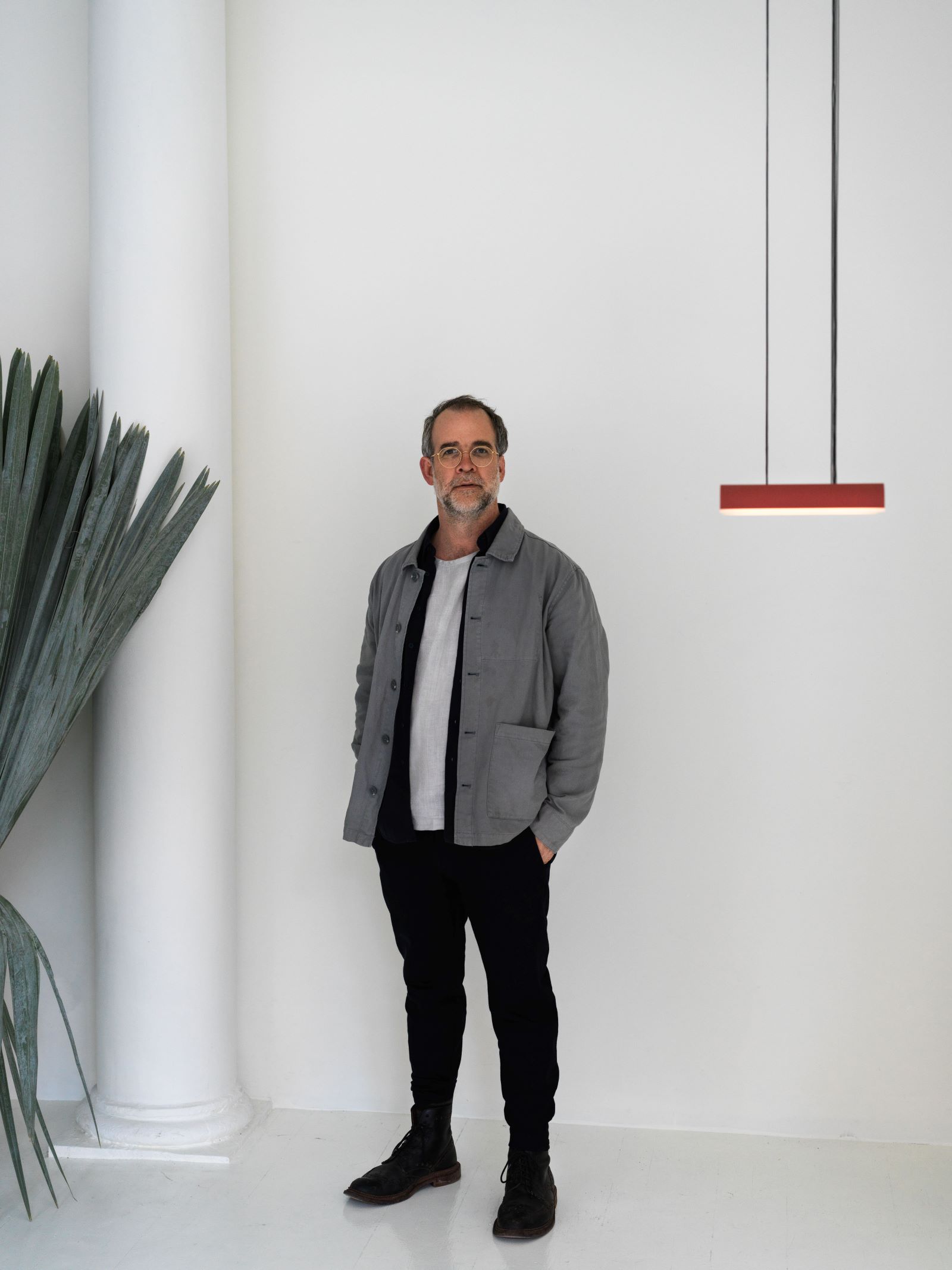
Samuel Lambert, owner and artistic director of the internationally renowned luminaire studio Lambert & Fils, is fascinated with “playing with the limit of materiality.”
Already an avid collector of furnishings by Charles and Ray Eames, Lambert got his start refurbishing and selling pieces designed by the midcentury icons. Restoring furniture quickly led to retrofitting existing lamps to display alongside the designer pieces. Yet the lack of creativity and limited access to parts and components from suppliers was stifling. This led Lambert to experiment with producing his own, eventually transitioning into full-fledged fabrication. “The idea,” he notes, “was to work by hand and be creative.” Unknowingly part of the postrecession makers movement driving the expansion of art and design communities in cities like New York, Lambert channelled the dimensions of lighting ingrained during his film studies at the Université de Montreal into a bevy of atmospheric luminaires defined by their cinematic quality. “We were kind of a parallel universe up here,” he remembers fondly, “without even really knowing it.”
While Lambert initially had no intention to expand, sustained interest meant that “every year we just doubled.” Eventually shedding the baggage of ready-made production, Lambert and his team embraced their own, right down to the LEDs that lend each piece its distinctive ambience. “It was very crafty,” he says, emphasizing the studio’s focus on fabrication.
___
Fixtures like Dot—its slender metal bars populated by illuminated globes—or the subtle bent-brass and marble anchors of Clark soon joined the ranks of the growing portfolio that drew inspiration from those initial midcentury retrofits, cementing Lambert & Fils as a leading voice on the national design scene.
Five years on, Lambert & Fils had undoubtedly outgrown the limitations of its Canadian consumer base and looked to expand. In 2015, the studio made its debut in the American market with Beaubien. A nod to the atelier’s aesthetic and geographic origins, the adaptable design was befittingly named for the street of the first shop. Alongside a laundry list of references, its choreography of sinuous powder-coated rods and metal accents also encapsulated the playful simplicity and elegance that would become hallmarks of its subsequent work. It was the transition between machined parts and using supplied parts that they had access to, Lambert says. With its exposed cylindrical brass connections, Beaubien was as much a precursor to the future as it was a subtle homage to the ready-made language of Lambert’s past.

Photo by Matteo Bellomo
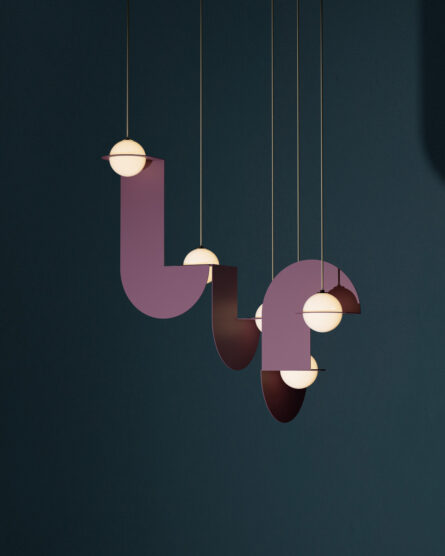
Lambert & Fils lighting designs include Isle (top), the most recent release and a collaboration with Zoë Mowat, composed of a glass tube resting on solid-stone and aluminum pedestals and suspended in midair, and Atelier (bottom), a line of sculptural showpiece models.
However, the foray south of the 49th parallel brought its own set of challenges. Exhibiting in a small booth at the established International Contemporary Furniture Fair in tandem with presenting at the more experimental affiliate platform Site Unseen made evident the pressures of negotiating the dual poles of commerce and culture. “We try to merge those two, and commercial doesn’t mean it’s not creative and not design,” Lambert says of the ongoing dance between fiscal realities and artistic expression. “We fight against it sometimes, and we fight with it,” he adds, flashing a reflective grin. “I just realized we are still fighting.”
A year later, Lambert relocated his growing team in Montreal to a more expansive location on Saint-Laurent Boulevard. The move would prove monumental for the practice, whose next collection, named after this new home, would mark its ascension from local favourites to international darlings. After another warm reception at ICFF, Lambert & Fils presented Laurent at that year’s edition of Biennale Interieur in Belgium.
___
The acclaimed collection was a fitting maturation of Lambert’s approach: a deft combination of elemental geometries paired with a refined eye for materiality and impeccable craft.
Composed of slender brass and aluminum planes bisected by milk-glass globes hand-blown by Quebec artisans, the pendants oscillate between two and three dimensions, between contemporary exploration and historical inspiration, and between global influence and regional techniques.
On the heels of the ensuing praise, the practice pivoted, teaming up with local designer Guillaume Sasseville of Studio Sssvll. Lambert and Sasseville had met years earlier when both were featured in a group exhibition in New York, and mutual admiration lit the spark of a potential collaboration that could “elevate the brand” and “put us on a new track,” Lambert explains. Leveraging their fabrication expertise, the result was the exacting linear suspension light Mile: two extruded triangles set perpendicular and appearing like two lines floating in space.
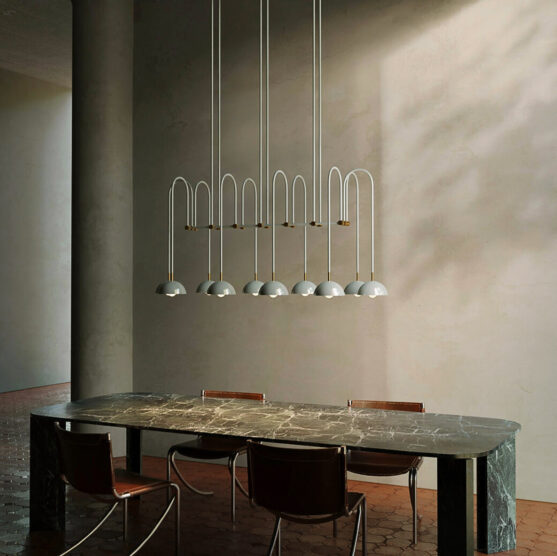
Such organic connections define many of Lambert’s collaborative efforts, where “some fixation,” affinity, or other magnetic quality pulls the designer to an object, idea, or practice. “Something kind of draws me in,” he says, adding that a chance encounter and immediate infatuation with an early prototype by Parisian office Cluzel/Pluchon was the impetus behind the Dorval pendants, table, wall, and floor lamps riffing on airport runway lights. Even the most recent release—a frosted cylindrical glass diffuser resting on three muscular stone anchors known as Isle—with local creative Zoë Mowat owes its genesis to a natural gravitation to her work’s graphic, collage-like quality in addition to a deep admiration for the path she’s charted as an independent designer in the city.
By 2017, Lambert was ready to take the next step and present the studio’s work at the premier international fair Salone Mobile. As with the practice’s American debut, the Milanese expo renewed tensions between art and commerce. Exhibiting in the biannual Euroluce showcase felt similarly isolated from the cultural realms Lambert & Fils aimed to inhabit. However, taken with the particular energy of the Italian metropolis, the designer recognized the potential to engage Milan more closely. “I said to myself, ‘I want to do something more in the city, more in the heart of where things happen.’”
With the emergence of Alcova—a nomadic satellite event surrounding the more populous Salone—the year prior, Lambert seized the opportunity to introduce the studio to a European audience on his own terms. Thanks to a Paris-based colleague, he connected with local practice DWA Design Studio, and together they unveiled an ephemeral, six-day installation in a former panettone factory. Part product launch, part hybrid-café bar, part dinner party, Caffè Populaire was anchored by a communal U-shaped table with the translucent sage, blush, maroon, and celadon acrylic planes of the newly minted Sainte collection dancing above in the soaring 20-foot-tall interior. “I think everybody that passed through that place just had this feeling,” he says. “To create these moments of experience has been very magical.”
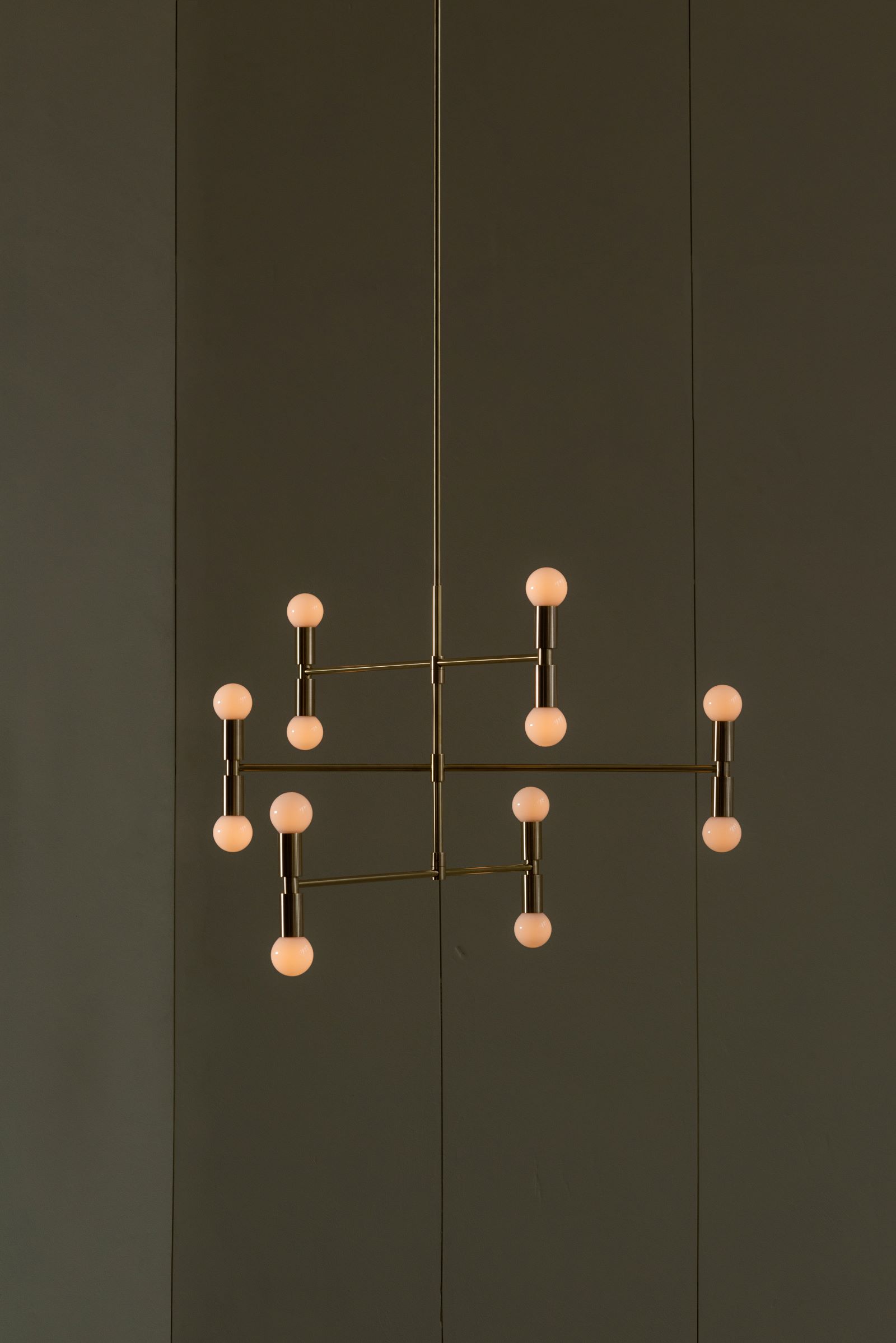
Photo of Dot by Arseni Khamzin

Photo of Parc by Arseni Khamzin
The allure of the activation and the electric conversations it generated were galvanizing. In 2019, the studio launched Corridor Gallery as a dedicated exhibition space beside the Rue Hutchison office and workshop the company had moved to the year before. The inaugural installation was by Swiss designer Adrien Rovero. Even after signing the lease for a New York showroom the same day as mass lockdowns forced widespread closures, the studio persisted. When measures eased, the Hudson and Duane storefront in Manhattan became another hub for singular installations, exhibitions, and events. “People said, ‘Oh, nice, you created a new gay bar in Tribeca,’ ” Lambert chuckles while recalling a conversation following a 200-person party programmed with Pin-Up magazine. “‘It was like reliving the ’80s. We were really creative and wild.” The space became yet another opportunity for conviviality and collaboration, not unlike the unoccupied buildings at the edge of Milan.
___
“It’s this idea of hosting people,” Lambert’s long-time partner and brand director Rory Seydel insists of these installations and their conceptual core. “Design is a way to take care of people. Lighting is a way to take care of people.”
The second Caffè Populaire saw the team revisit the combined roles of designer and host. Across a gruelling seven-day sprint renovating an abandoned military hospital while contending with Milan’s scorching summer heat, they turned the vacant medical pavilions into the staging ground for an immersive landscape dotted with various components of the tubular aluminum Silo collection orbiting around a circular garden counter brimming with wildflowers. The most recent edition, with distinct Lambert & Fils flair, eschewed the constraints of the fair altogether. Far away from Salone and Alcova, the avant-garde culinary experience animated Milan’s Nola district, making room for further exchanges to unfold.
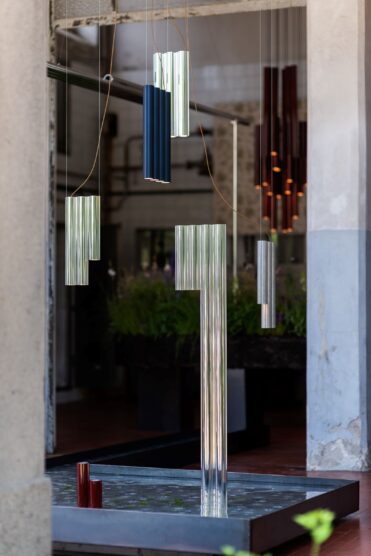
Photo by Arseni Khamzin
It’s these critical dialogues, “through objects, through meetings, or through cities,” Seydel says, that define the studio’s trajectory. So too is the conversation with—and reverence for—raw materials. Fifteen years on, those early repairs have yielded an evolving assortment of meaningful partnerships and spirited investigations into the capacities of raw materials, culminating in the glass-enamel-on-copper experiments currently in development for a forthcoming collaboration with Korean artist and designer Kwangho Lee. In Lambert’s hands, everything from pendants to parties to places are as malleable and expressive as aluminum, brass, and acrylic. Even the city he calls home functions as a potent matière première, with Lambert often lifting from Montreal’s distinct vernacular, its streets, neighbourhoods, and geological features contributing to the nomenclature of the studio’s catalogue. In the end, whether encounters with resources, novel and longstanding collaborators, or the city itself, “it’s a meeting,” Lambert summarizes, “us with materials, us with people.”

